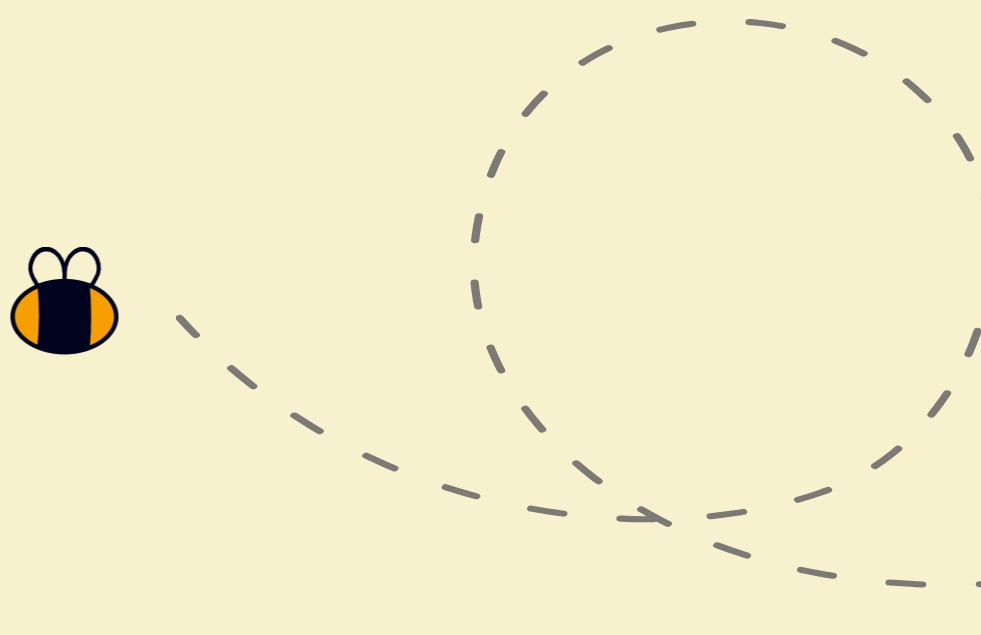 If you’re a SEO beginner, optimizing a web page or web site for search engines perhaps seems like a daunting task. There’s on-page SEO, off-page and a ton of other terms to remember. However, if you keep our fundamental on-page optimization tips in mind, it will make your life much easier. Read on for what you need to know about on-page search engine optimization, starting with the basics and concluding with the most important on-page optimization tips to remember.
If you’re a SEO beginner, optimizing a web page or web site for search engines perhaps seems like a daunting task. There’s on-page SEO, off-page and a ton of other terms to remember. However, if you keep our fundamental on-page optimization tips in mind, it will make your life much easier. Read on for what you need to know about on-page search engine optimization, starting with the basics and concluding with the most important on-page optimization tips to remember.
First thing’s first. What is HTML?
For those of you who don’t know, HTML stands for HyperText Markup Language. There, now you have an interesting tidbit for your dinner party this weekend. HTML is the markup or code of a website that tells browsers how to interpret words and images as well as how to display them or in other words, the skeleton of your website. That’s a lot of work if you ask me but without all of this the internet would just be full of text, and we all know that can get a little boring these days. The fact is, HTML is important and is vital to your website’s search engine results because this is what search engines read to understand your website.
What is on-page optimization?
When you build a website for your company, you want it to be found easily. To do this, you have to create a website design that caters to the way search engines interpret your webpage and the content on that web page. There are a couple of on-page optimization tips I want to tell you about that will make your website more accessible to search engines which, in turn, makes it more accessible to your users.
Where should I start when optimizing my web page or web site?
The first step is to review the status of the SEO on your website. I recommend requesting a free SEO audit from Stikky Media as it’s an easy way to quickly find out what is helping or hindering your SEO efforts.
What are H-Tags?
There is paragraph formatting that creates a class system for information on your webpage. These are refereed to as h-tags or headings, ranging from h1 to h8. The most common are h1, h2, and h3. One webpage should have only one h1-tag; this usually contains your primary keyword. You will then have 2 to 3 h2- and h3-tags which are going to be within the body of the text and will repeat your keyword once or twice.
The biggest gem to give you about h-tags is to refrain from using them for formatting. You do not want several h-tags that do not relate to the subject matter. For instance, you will not want the title, menu, appearing as an h2-tag. So, be sure styling is done on a separate class system than your h-tags.
Nofollow my links please. Wait, what is a nofollow link?
When you put a link on one of your webpages you want to ensure the link will not affect your place in the page ranks. A solution to this is making the link “nofollow”. Any links that are required to be on your web page that contains content that doesn’t relate can become a “nofollow” link. Nofollow signals that there is no association between the two websites. Although, the links will appear on one another’s site. For example, paid advertisements should be marked up as “nofollow”. Below is an example of how to implement a “nofollow” link:
<a rel=”nofollow” href=”http://stikkymedia.com” >honeycomb</a>
Why is the meta description important?
Meta, meaning before, refers to the information that will appear about your website, i.e. in the search engine results, that in some cases can help users decide whether or not they want to visit you website. For search friendly design, there are several types of meta tags including meta robot tags (these can be used to control search engine spider activity), meta keywords, meta refresh, and meta description just to name a few. What I will focus on is the meta description. Having a proper meta description can make the difference of someone clicking on your web page or not.
A meta description is that short blurb about the page that shows up in the search engine results. It should be a maximum of 150 characters and if written strategically, will entice people to visit your site. The trick here is making sure the information in this description explains exactly what is on the page. This can be tough when you only have 150 characters. Use the title of the page and make sure they know what format the page is (i.e. if it’s a blog post, a schedule for an event, a review, etc.). It’s also helpful to have a call to action (CTA), such as “learn more” or “visit”, that succinctly explains the benefit of your page for the visitor.
What is a Title Tag?
A title tag is just as it sounds. It is the title of your page surrounded by the tags “<title>”. Here is an example for clarity:
<title>The Basics of Search Engine Friendly Design</title>
Once you have tagged your title it will show up in the search engine results. It will also show up at the top of some internet browsers and in tabs when multiple pages are open. When you are creating your title, note the length and include keywords. 70 characters is the maximum that will display in the search results. Because of this, you want to have your keywords at the beginning of your title if you can. A person will be more likely to click on your page if they see the keyword in your title as it’s close to their query.
Last but not least of our on-page optimization tips…
One final tip would be to check your SEO work using Inspect Element. You can do this by right-clicking on, for instance, a sub title you made an h2-tag. You can choose the inspect element option which will bring up a window on the bottom of the screen that displays the HTML of the “element” you chose. In fact, you could do that right on this blog – it’s super easy!
Key Takeaways – Two Most Important On-Page SEO Tips to Remember
If we leave you with ou on-page optimization tips to remember from this post, they should be to focus on your title tag and meta description. These are both simple tasks that will make a world of difference for your search results.
Good luck with your own on page optimization! And if you have any questions about any of these tips or need SEO help in general, learn more about our SEO services.







